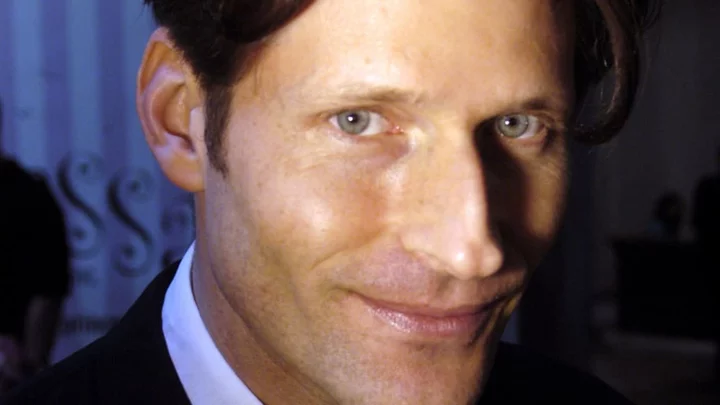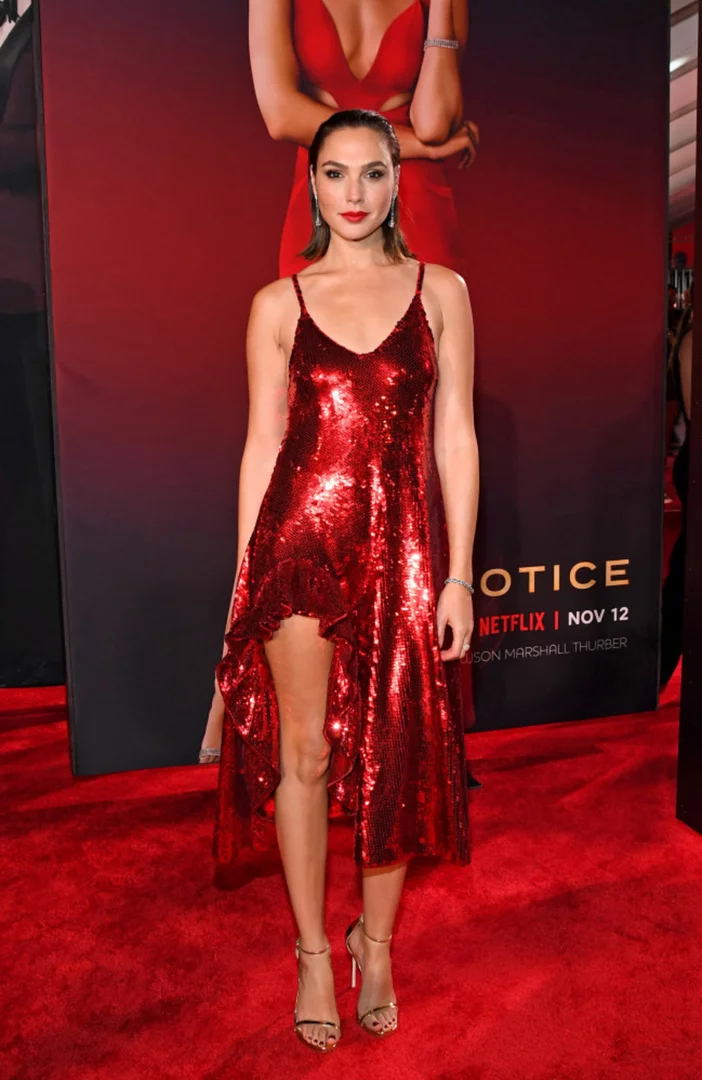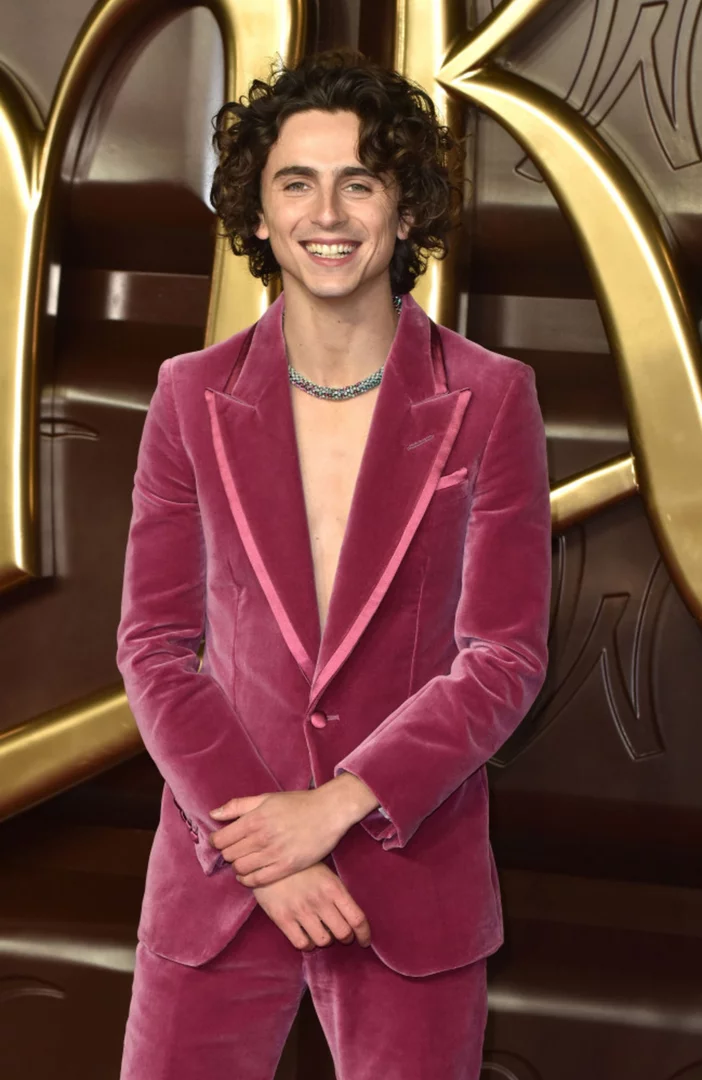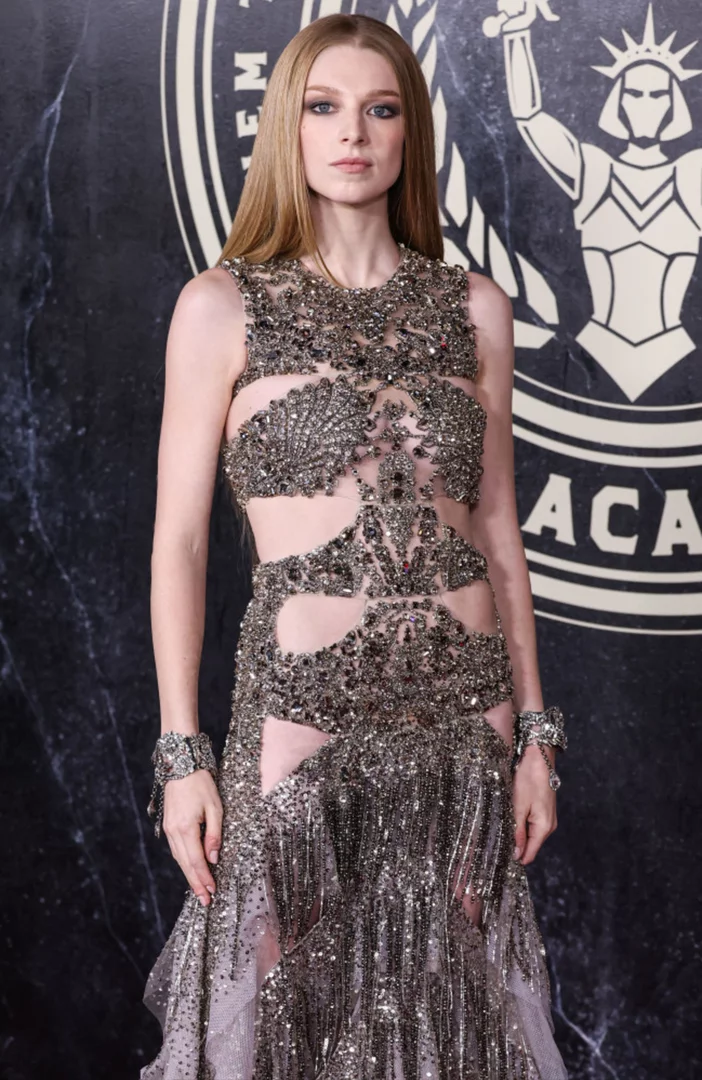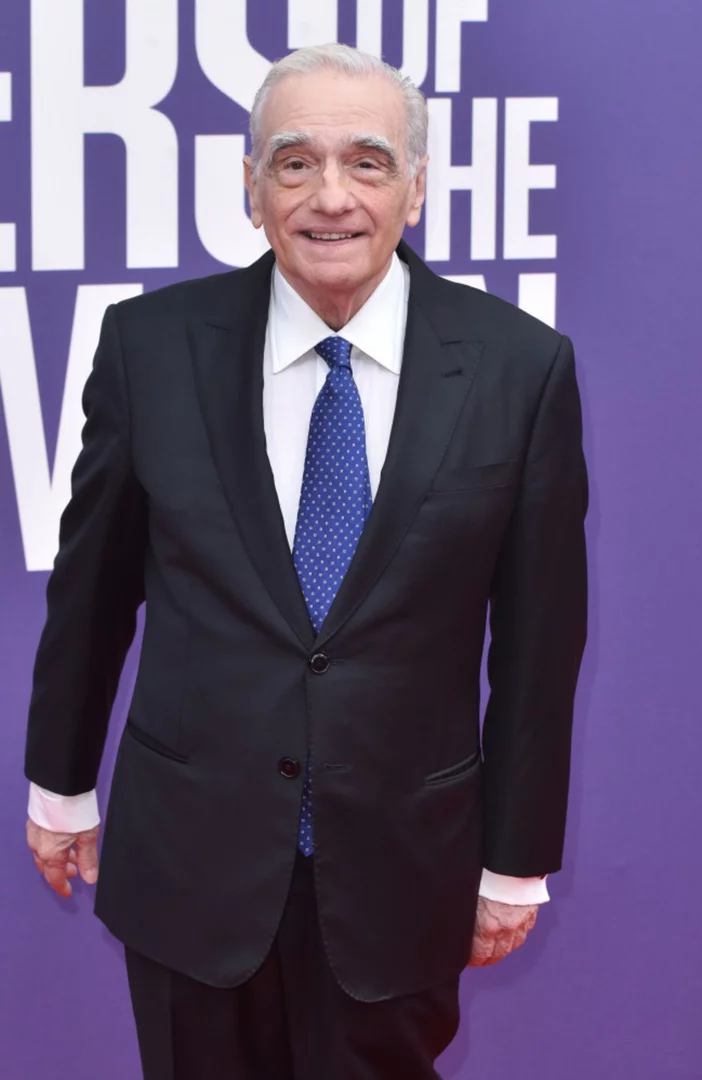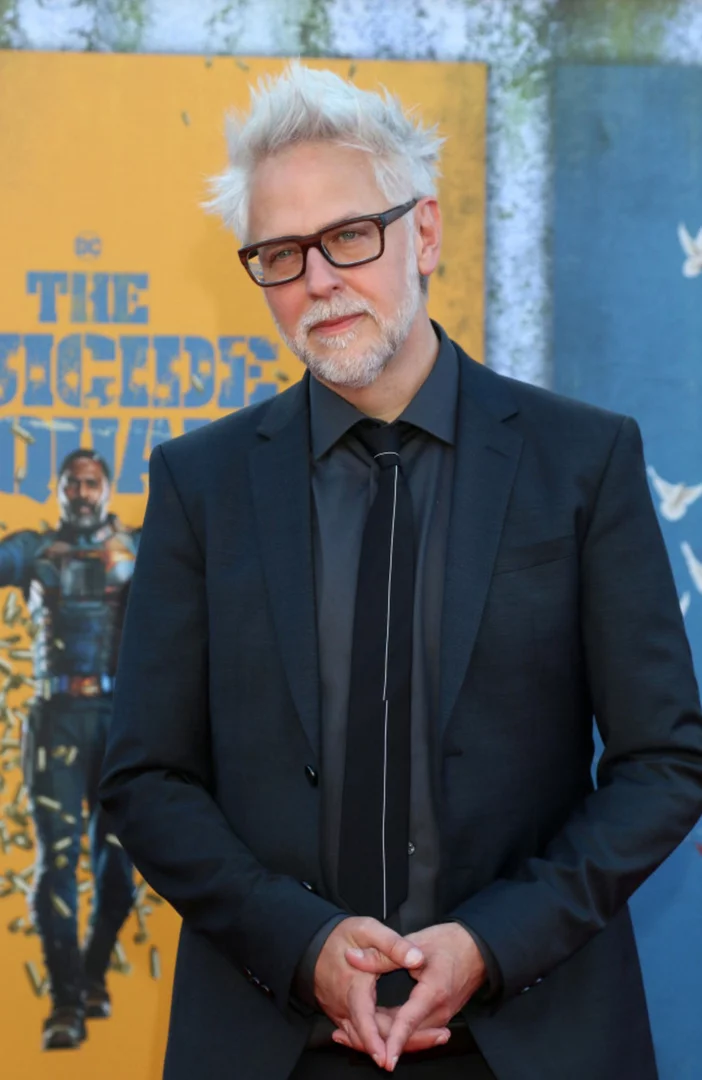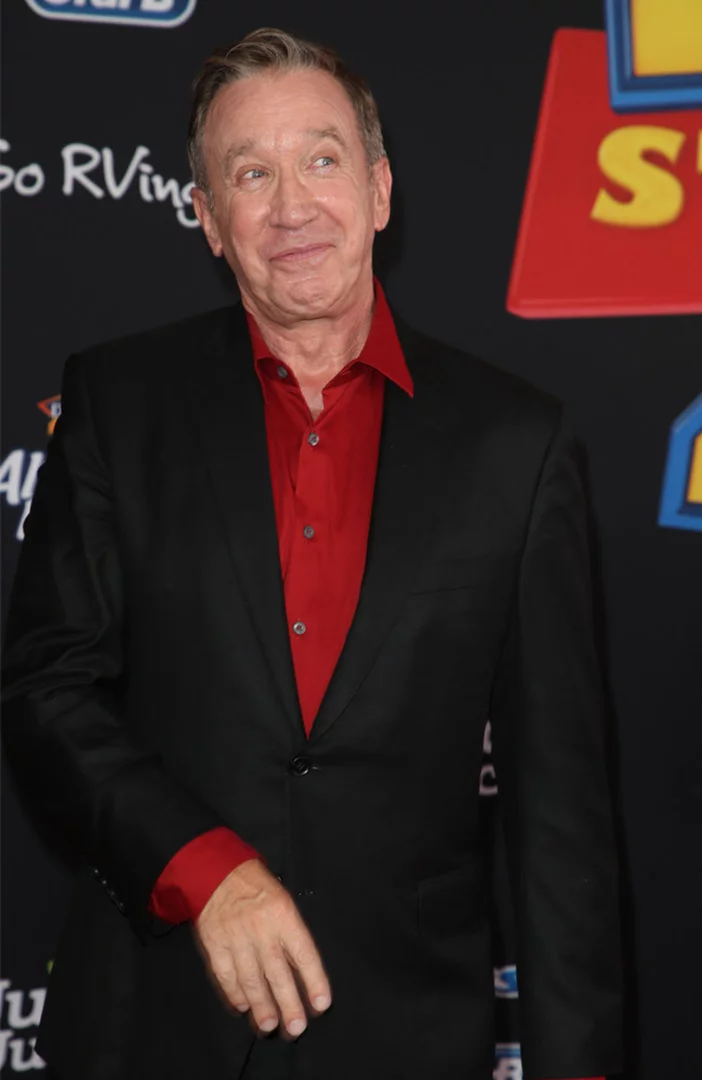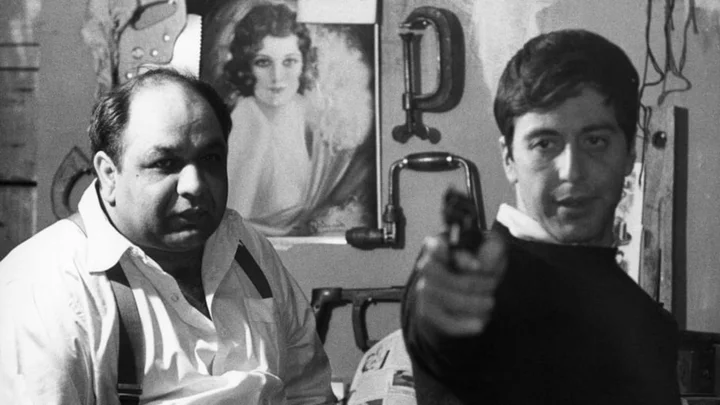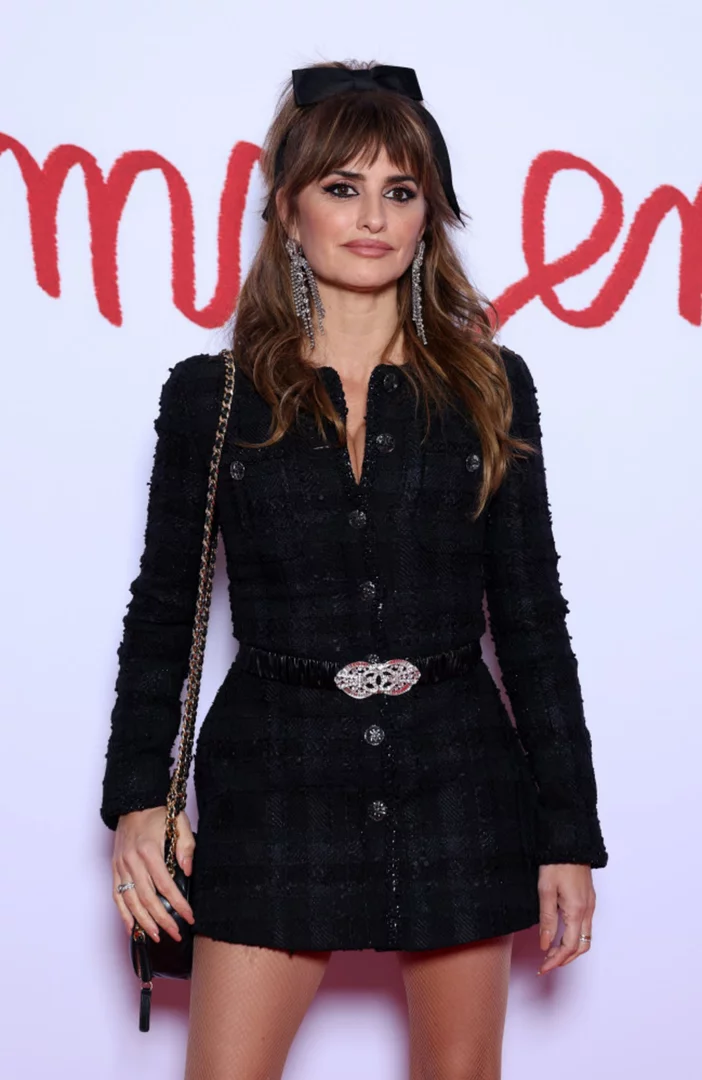The Back to the Future franchise has never been shy about recasting roles. The 1985 original—which chronicles the adventures of time-traveling Marty McFly as he works to ensure his parents get together before he’s even born—began production with Eric Stoltz as McFly before dissatisfied producers replaced him with Michael J. Fox. In 1989’s Back to the Future Part II, Elizabeth Shue took the place of Claudia Wells as McFly’s girlfriend, Jennifer Parker.
But when Universal, the studio behind the films, was unable to come to terms with Crispin Glover to return as George McFly, Marty’s father, in the sequel, they didn’t just replace him—they covered another actor in make-up and tasked him with replicating Glover’s distinctive look, voice, and mannerisms. It was as though someone was playing Crispin Glover playing George McFly.
Angry and annoyed, Glover took on a new role: plaintiff. And Jeffrey Weissman, the performer hired to replace him, got a rude awakening when he met Fox on set.
“Oh, man,” Fox reportedly said. “Crispin’s not gonna like this.”
His ‘Future’ Self
Directed by Robert Zemeckis and written by both Zemeckis and Bob Gale, Back to the Future was one of the most successful films of 1985. While many of the principals had already established themselves—Zemeckis and Gale had the well-received 1980 auto-dealer comedy Used Cars, while Michael J. Fox was the breakout star of NBC’s Family Ties—the movie took everyone involved to new career highs.
Though the film largely belonged to Fox and Christopher Lloyd as Emmett “Doc” Brown, the scientist who manages to convert a DeLorean into a time machine, Glover’s turn as the twitchy George McFly was often singled out for appreciation. (Though not always: In a pan of the film, The Los Angeles Times dubbed George a “cringing near-idiot.”)
The success of the movie meant a sequel was inevitable. For Back to the Future, it meant shooting two of them back-to-back for release in 1989 and 1990. Most of the cast returned, including Lea Thompson as Marty’s mother, Lorraine, and Tom Wilson as the bully Biff Tannen. But when Glover got the script, he was indifferent at best. Allegedly, he asked to be paid $1 million to step back into the role, a sum Universal scoffed at.
In a 2012 interview with The AV Club, Glover did not name a specific amount but said he had initially been offered $150,000, well below what returning co-stars Thompson and Wilson were said to be earning. Glover also cited a disagreement with Zemeckis on how the original film ended: Marty McFly returns to 1985, having influenced the future to the point that his family is now financially well-off. To Glover, it smacked of crass materialism.
“I still would argue all the things that people love about the film would still be there, and I think there would be a better message if, instead of the son character pumping his fist in the air or whatever, jumping up in the air because he has a new truck, if instead the reward was that the mother and father characters are in love with each other,” Glover said.
Whether it was money, creative clashes, or both, Universal opted for what seemed to be the easier alternative. Using a face mold of Glover made during the first film to assist in crafting his old age make-up, the production was able to concoct prosthetic pieces that would make another actor—in this case, the largely-unknown Jeffrey Weissman—resemble Glover. (Weissman had a history of doing impersonations, including Groucho Marx and Charlie Chaplin.)
According to Doug Kari, who would represent Glover in his legal complaint against Universal, Weissman was not entirely comfortable with being tasked to emulate not just George McFly, but Glover himself. Speaking with The Hollywood Reporter in 2015, Kari claimed that Weissman told him he was addressed as “Crispin” on the set of the film. At one point, executive producer Steven Spielberg reportedly joked with Weissman as though he were Glover, saying it looked like he had gotten his million dollars.
For his part, Weissman said he wasn’t initially made fully aware of the circumstances. “I was told that I was up for being a photo double,” he said as part of an interview on his personal website. But Weissman soon found he was expected to act as Glover’s replacement.
The footage of Weissman in the two sequels doesn’t stand up to close scrutiny: He appears in the future while hanging upside-down, and there are only fleeting glimpses of him in scenes set in 1955. But it was enough to convince many moviegoers that it was Glover in the role.
On top of their use of prosthetics to make Weissman look more like Glover, the studio also used other techniques to make it seem like the two actors were the same person. In 2014, Glover told Influx magazine that “... in order to fool the audience into believing that I was in the second film by splicing a very small amount of footage, and I mean a very small amount, just some close-ups. People think that it’s me dancing and stuff, but it’s a different actor.”
Glover and Kari filed a lawsuit against Universal and Amblin Entertainment in October 1990, claiming Glover’s voice and likeness were used without permission. Glover argued he had a right to publicity, or the power to retain control over his own likeness. Universal countered they were simply perpetuating the character of George McFly, which they owned.
For both Glover and McFly, it was a bit of an existential crisis: Universal controlled the McFlys. But did they control Glover’s portrayal of George?
Role Reversal
Wisely, Kari pursued a multi-pronged legal attack, looking to depose major participants in the franchise like Spielberg, Zemeckis, Gale, and Fox. Kari also wanted Universal to open their accounting books. At trial, he planned to screen footage from the films in the hopes of demonstrating Universal was trying to mislead viewers by using footage of Glover spliced with footage of Weissman.
Without any admission of wrongdoing, Universal agreed to a settlement of $760,000, which was likely paid by an insurance company. But for Glover, money was not the motivator.
“To have people believe that you are doing something that you are not doing and attribute that to you is stealing,” he told Influx. “That’s what the lawsuit is about. I’m proud of the lawsuit and standing up for that. The reason that I had the lawsuit wasn’t initially for that. It was just to let people know that it was not me in that movie. It was a gross misuse of something. I do not like the idea of being involved in a lawsuit, but the only [other] thing I could do at the time was do nothing and let everyone believe I was in the movie.”
There is, of course, newfound relevance in the Glover case, as actors and their unions wonder what may become of them as digital recreations grow more sophisticated. Nominally, these are usually done with their permission. In Glover’s case, his essence, or Glover-ness, appeared to be subsumed without compensation.
The suit didn’t appear to damage Glover’s career. He continued on as a respected character actor, appearing in films like Willard, the Charlie’s Angels films, and others, in addition to writing books and directing. He also wound up working with Zemeckis again in the 2007 film Beowulf, which would seem to indicate there's no lingering issue between the two.
You’re unlikely to see him at any fan conventions, though. “I would never have made the choices [Weissman] made, and people then attribute bad acting to me,” he said in 2019. “That’s really screwed up. So, I could never ... I could make a lot of money going to these photo things and reunions. I cannot do it, because I would then be promoting people believing that I’m this bad actor. Incredibly infuriating.”
This article was originally published on www.mentalfloss.com as When Crispin Glover Was Replaced by a Lookalike in ‘Back to the Future II’.

